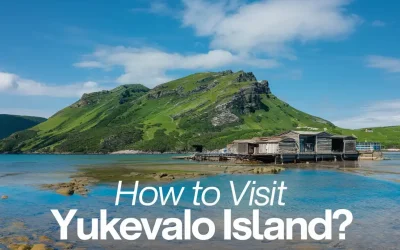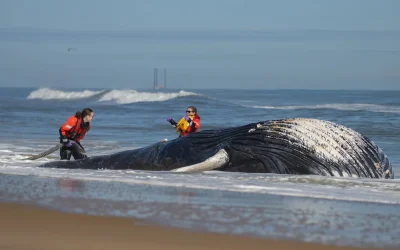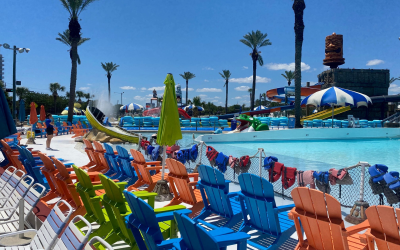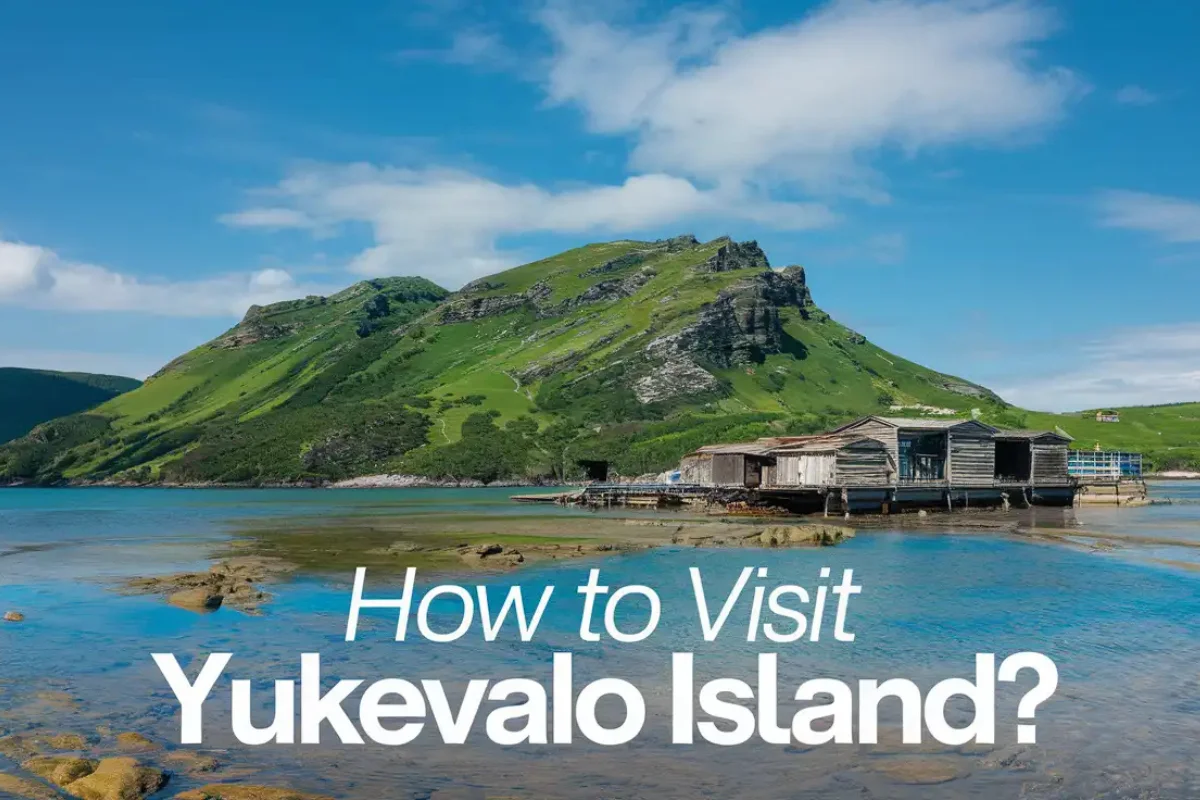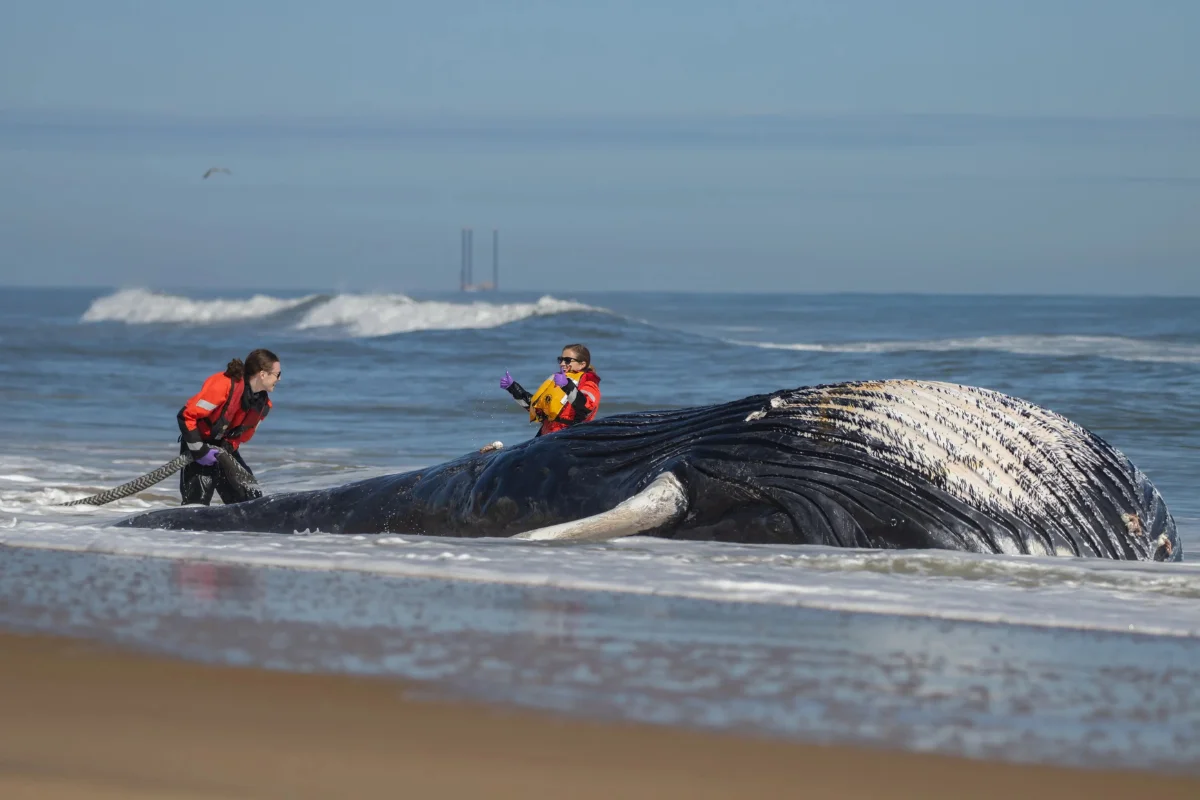Iceland Waterfall A Guide to Nature’s Stunning Waterfalls
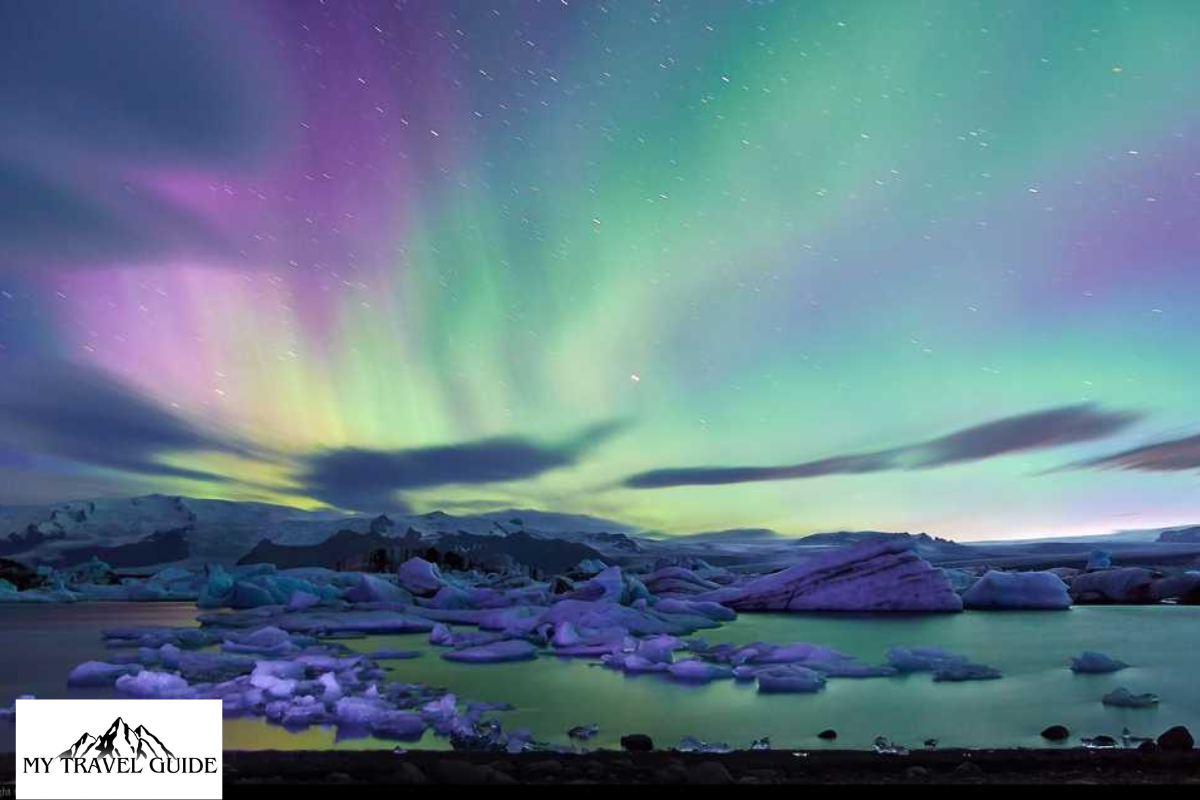
Iceland, known as the “Land of Fire and Ice,” boasts a landscape shaped by glaciers, volcanoes, and a rich tapestry of natural wonders. Among its most captivating attractions are the stunning Iceland waterfalls, which draw millions of visitors each year. These waterfalls, each unique in their charm, are scattered across the country, offering unforgettable sights and experiences for adventurers and nature lovers.
Why Iceland Waterfalls Are a Must-Visit
The waterfalls in Iceland are more than just beautiful; they’re a testament to the island’s unique geology and natural splendor. The constant melting of glaciers combined with volcanic activity has created some of the most dramatic and awe-inspiring cascades on Earth.
- Diverse Beauty: From thunderous torrents to delicate cascades, each waterfall tells its own story.
- Photographer’s Paradise: With misty veils, rainbows, and lush backdrops, they provide countless photo opportunities.
- Accessibility: Many waterfalls are easily accessible, while others offer rewarding hikes.
Top Iceland Waterfalls to Add to Your Bucket List
Seljalandsfoss
This iconic waterfall allows you to walk behind its cascading waters for a one-of-a-kind view.
- Height: 60 meters (197 feet).
- Best Time to Visit: Late spring to early fall for accessible paths and lush surroundings.
Skógafoss
Known for its thunderous roar and double rainbows, Skógafoss is one of Iceland’s largest and most popular waterfalls.
- Fun Fact: Legend says a hidden treasure lies behind this waterfall.
Gullfoss
Part of the Golden Circle, Gullfoss (“Golden Falls”) is a multi-tiered waterfall that showcases Iceland’s raw power.
- Why Visit: It’s surrounded by geothermal activity, adding a unique flair to the experience.
Dettifoss
Europe’s most powerful waterfall, Dettifoss, is located in the remote Vatnajökull National Park.
- Pro Tip: Wear waterproof gear to avoid the spray!
How to Explore Iceland Waterfalls
Self-Drive Adventures
Rent a car and embark on the Ring Road or Golden Circle to explore waterfalls at your own pace.
- Recommended Stops: Gljúfrabúi (a hidden waterfall) and Kvernufoss (a quiet gem).
Guided Tours
Join a guided tour to learn about the history, geology, and legends surrounding each waterfall.
- Best For: Travelers short on time or those wanting expert insights.
Hiking Routes
Many waterfalls are part of scenic hiking trails, offering a more immersive experience.
- Popular Trail: The hike from Skógafoss to Þórsmörk passes over 25 smaller waterfalls.
Best Time to Visit Iceland Waterfalls
- Summer (June-August): Long daylight hours and warmer weather make this the ideal time.
- Winter (December-February): Frozen landscapes create a surreal, icy beauty, but access may be limited.
- Shoulder Seasons (May, September): Fewer crowds and a balance of accessibility and scenic beauty.
Tips for Visiting Iceland Waterfalls
- Dress Appropriately: Wear waterproof clothing and sturdy shoes to handle wet and slippery paths.
- Pack Essentials: Bring snacks, water, and a camera to capture the beauty.
- Respect Nature: Stay on marked paths to preserve the delicate ecosystems.
- Plan Ahead: Some waterfalls require a bit of a hike, so check accessibility and travel times.
Hidden Gems Among Iceland Waterfalls
While the famous waterfalls are mesmerizing, Iceland is full of lesser-known treasures:
- Bruarfoss: A striking blue waterfall often referred to as “Iceland’s Bluest Waterfall.”
- Háifoss: A remote but breathtaking waterfall, offering spectacular views of the highlands.
FAQs
What makes Iceland waterfalls unique?
Iceland’s waterfalls are shaped by its glaciers and volcanic activity, offering diverse landscapes and unique formations.
Can you swim in Iceland waterfalls?
Due to safety concerns and freezing temperatures, authorities generally do not allow swimming.
Are Iceland waterfalls accessible year-round?
Most are accessible, but some may be difficult to reach in winter due to snow and ice.
What should I pack for a waterfall tour in Iceland?
Waterproof gear, sturdy boots, a camera, and snacks for longer hikes.
Which Iceland waterfall is best for photography?
Seljalandsfoss and Skógafoss are favorites among photographers for their dramatic and accessible views.
Are guided tours worth it for exploring Iceland waterfalls?
Yes, they provide valuable insights and ensure you don’t miss hidden gems or key details.


